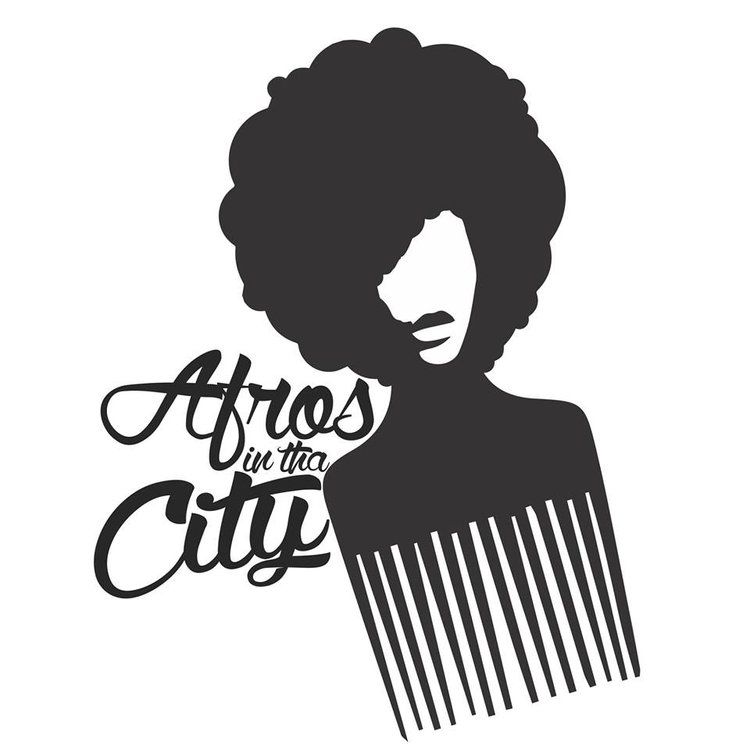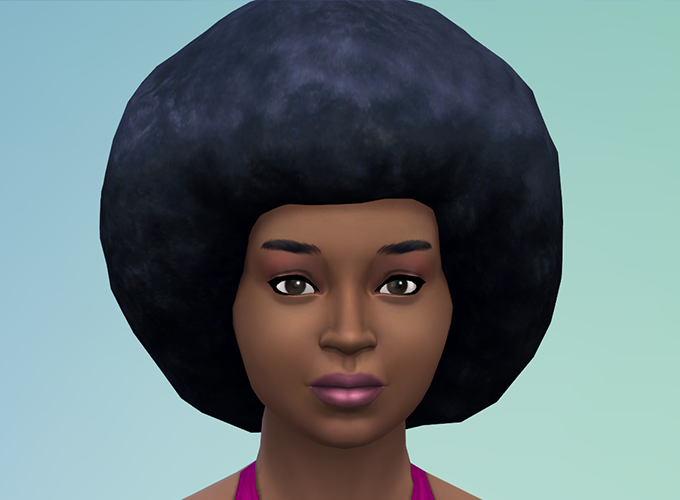The Sims is one of the greatest video game franchises of all time. Now old enough to legally drink pretty much anywhere in the world, the franchise now has two generations of dedicated players who grew up playing. There is currently no other single player life simulation game that can compete with The Sims, though there is at least one game in development trying to.
I still remember my first time playing The Sims, and the way my life was forever changed. The ability to craft a dream – or nightmare– world, one as beautiful and mundane or absurd and magical as I wanted, was a dream to me as a socially awkward ugly duckling with more bullies than friends. Not only could I be pretty and cool and successful and independent, I could also be, for a then-unknown reason, constantly queer. The Sims has long helped people realize their innermost desires.
However, while an amazing game on its own, pretty much anyone will tell you that their publisher, Electronic Arts (EA), has gotten stingy and potentially lazy with their game development, leaving much to be desired in making the game truly lifelike. Thankfully, that’s where modders come in. While The Sims can carry itself, it’s the modders whose arms truly uplift the game. Where the games lack, modders fill the spaces, round out the edges, and make the game more fun to play. Modders and custom content creators are an integral part of the Sims ecosystem.
In the most basic of descriptions, mods (or modifications) are fan-made changes to a games script with the intent to alter gameplay in some way. Mods generally add features to the game, such as MC Command Center, which gives players a lot more control over small details of their Sims’ lives, and others try to fix bugs, such as Don’t Wash Dishes Where You Angry Poop, which aims to break Sims’ annoying habit of cleaning dishes in their bathroom sink. Other mods can be a bit more silly – or dark –, such as Extreme Violence, which has you covered if you ever want to give a Sim an abortion punch. Mods generally have to be updated after EA puts out an official game update.
Custom Content, or cc, is similar to mods, but rather than altering the gameplay, they add objects to it. These don’t alter the code of the game like mods do, and thus don’t tend to need to be updated. CC gives you a lot more options to customize your Sims and the world they inhabit, offering new articles of clothing, hairstyles, pieces of furniture, wallpapers, flooring, and more.
While mods and cc have long been a large part of The Sims games for well over a decade, there is not just a larger history of The Sims as a franchise, but for each of its games as well. For that reason, I will only be focusing on the ways custom content creators have created an expanded, more realistic experience of Blackness in The Sims 4.
The Sims 4 has changed a lot over the seven years it’s been out. Many of these changes have been minor and forgettable, stuff I’ve never really noticed despite playing the game since its release, like home page changes, minor patches, and map redesigns. However, in the past year and a half or so, EA has finally started to update the game with improvements that seem much more significant to the Sims community. This includes updates improving the availability of making a much richer array of racial/cultural sims.
Nevertheless, for a long time, making racialized sims was hard, especially with Black sims. Darker skin tones were painfully ashy, afro-textured hair was rightly compared to cauliflower, and feature presets did not (and still kind of do not) represent a wide variety of Black features.
Wanting to make a lot of sims of different backgrounds, but especially Black sims, given my pride in that side of me, I had to download a lot of custom content to make anything that felt even remotely appropriate. For a long time, I didn’t make darker skinned sims, not because I didn’t want to, but because every time I tried, the immense ashiness and terrible purple undertones of the sims just made me feel like I was committing some small injustice, a secret sort of microaggression.
Making sims with natural Black hair texture also felt similar. There were maybe two or three options to start with, for each gender, and this was back when female sims could only wear female clothes and male sims could only wear male clothes, no sort of fluidity allowed. And the hair options were bad. One of the original Black hairstyles was a massive, seventies style afro-inspired thing. Afro-inspired because I can’t rightly call the amorphous, basically texture-free, cotton candy, low-poly clump of something a real afro. Not to mention that the only black hair color swatch was quite blue-grey.
(Image source: SimsVIP)
I didn’t like it, and a whole lot of other simmers, Black and non-Black alike were sure not fans either. Making “decent” Black sims was basically impossible without the help of custom content before 2020, which is especially frustrating given that the game is supposed to allow you to make digital versions of yourselves and the world around you.
Though this comes more from personal observation than any sort of citable statistic, The Sims 4 seems to have always had a very large Black player base, so there were a lot of users feeling the lack.
In order to make darker skinned sims that didn’t look like anemic vampire corpses, I and many other simmers would download various cc that would offer us a wide variety of skin colors with different undertones. For those who missed more trendy streetwear fashion, cc was the solution. Seeking better afro hair options, we would again turn to fan-creators to give us what we were so dearly missing.
Source: @proncron on twitter/https://twitter.com/PronCron/status/1291555154706276352)
The hair is also cc
Nowadays, there are a lot more Sims fan-creators making natural (Black) textured hairstyles for The Sims 4, including creators who do not make Black-exclusive content, but that wasn’t always the case. Ebonix Sims, or Danielle Udogaranya, is probably one of the first names fans of the franchise will bring up when mentioning Black simmers, and has been making custom content almost as long as The Sims 4 has been out. Starting her journey in content creation out of a desire for her characters to be able to wear a dashiki, she cites her “passion for seeing herself and allowing others to see themselves in games,... striving daily to bring more accurate representation” and her aim to “fill the gaps that have been left so that no gamer is left to feel unseen” as the motivating drive for her work.
While her Black-influenced creations cover various areas of Sims cc, from poses to decoration, I always went to her for her hairstyles. Given that hair is one of the most significant aspects of Blackness to me, I needed better curly options to make a sim that looked anything like me, or relatives, or what I aspired to. Ebonix Sims had dozens of options, including children’s hair designed to look like Riley and Huey from The Boondocks. Insert some joke about EA only offering us Bomb Wave Cream style hair, and creators like Ebonix or Sheabuttyr offering us something sensible here. In fact, Sheabuttyr’s tumblr even has an option to sort hair by textures, such as curly, afro, twists, or locs.
Things like Sheabuttyr’s texture classification, Xmiramira’s skin tone package, or Brandy Sims’ exclusive focus on Black Sims content, creates a gaming experience that feels much more oriented to the Black gamer, and experience that feels like it considers Black players as an active part of their audience, and not just a secondary, second class addition to a game centering whiteness as a universal default.
Despite the fact that people shouldn’t have to download fan created skins, body mods, facial feature presets, hairstyles, clothes, and more just to be able to make Black sims feel lifelike, there is at least the upside that some of these Black content creators have been able to make a living, and and a business out of specifically being a Black simmer. Creators often have Patreon and Twitch accounts that offer them revenue, and a few lucky ones such as Ebonix Sims have begun working with EA to make game improvements.
Many simmers, Black and non-Black alike, had been speaking up for a long time about their displeasure with EA’s lack of in-game diversity, and finally, EA started to listen… kind of?
But that’s it for part one. Next article, we will look at how EA finally started to officially address these things, and some of the community responses to their changes.


